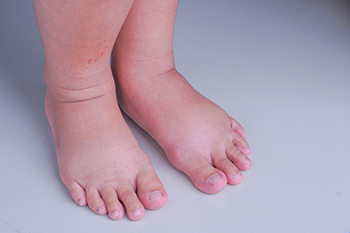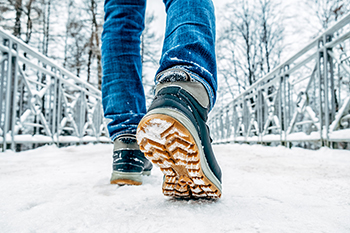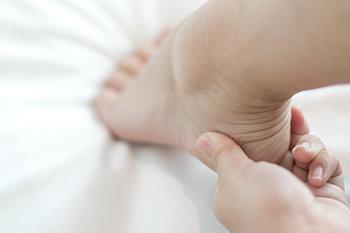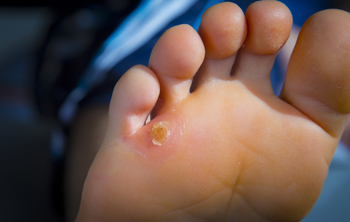Many changes can happen in every part of your body during pregnancy — and the feet are no exception. Common foot conditions that pregnant women face include swollen feet, fallen arches, and plantar fasciitis.
An increase in the volume of blood and fluids in your body, coupled with an increase in overall fluid retention due to hormones, can lead to swelling in the feet. This is especially common during the third trimester. You may be able to reduce swelling by drinking plenty of water, reducing caffeine intake, resting your feet frequently, and sitting with your legs uncrossed to promote circulation.
During pregnancy, your hormones can cause changes in the structure of your feet. An increase in hormones that relax your ligaments could affect the ligaments in the arches of your feet, causing them to become flat. This condition is known as fallen arches, or acquired flat feet. As the foot flattens, your shoe size may increase and you may need footwear that offers more arch support.
The weight that you gain during pregnancy is carried by your feet. This can put them under extra strain and lead to aches, soreness, or a condition known as plantar fasciitis. Plantar fasciitis is caused by an inflammation of the ligament that connects the heel bone to the toes and can lead to heel and arch pain.
If you are pregnant and are experiencing pain or discomfort in your feet, it is recommended that you consult with a chiropodist.






